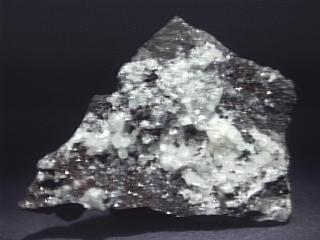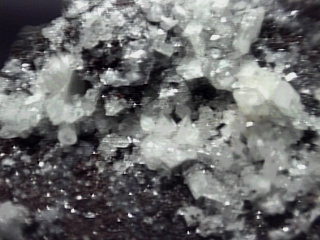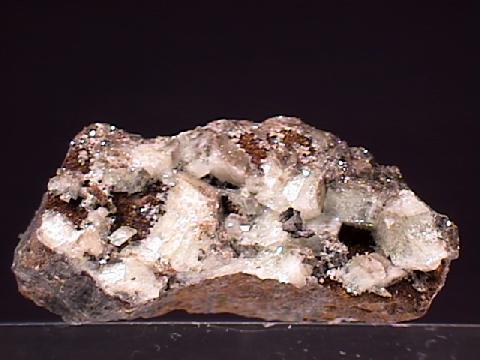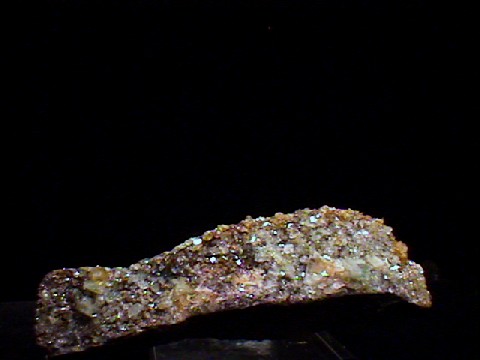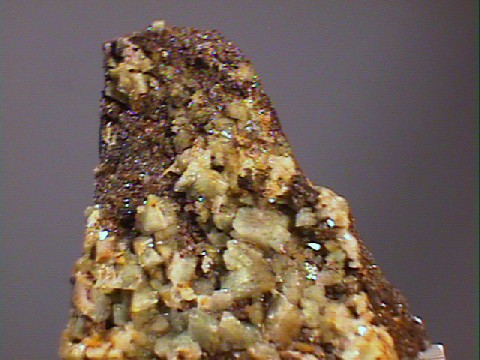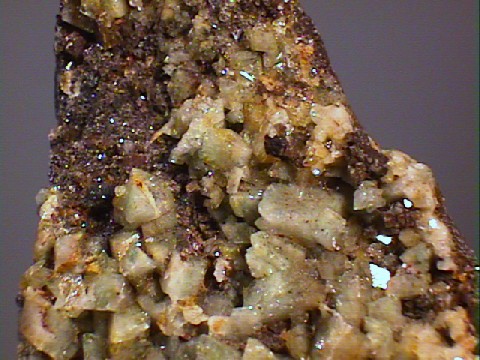 THE
MINERAL AUGELITE
THE
MINERAL AUGELITE
- Chemistry: Al2PO4(OH)3, Aluminum Phosphate Hydroxide.
- Class: Phosphates
- Uses: Only as mineral specimens.
Specimens
Augelite is not a well known phosphate mineral. It is difficult to recognize, especially when found as clear and colorless tiny crystals. Augelite is found in granitic pegmatites, but mostly in hydrothermal veins. The best locality for good crystals is White Mountain, Mono County, California. Up until that discovery, augelite was only known as tiny crystals and cleavage masses.
PHYSICAL CHARACTERISTICS:
- Color is usually colorless, white or pale shades of yellow, blue, pink or rose.
- Luster is vitreous.
- Transparency: Specimens are transparent to translucent.
- Crystal System is monoclinic; 2/m
- Crystal Habits include tiny to microscopic tabular or platy crystals with an overall triangular aspect or larger equant complex crystals and found massive.
- Cleavage is good in two directions.
- Fracture is conchoidal.
- Hardness is 4.5 - 5.
- Specific Gravity is approximately 2.7 (average).
- Streak is white.
- Associated Minerals include andalusite, lithiophilite and triphylite and other phosphates.
- Notable Occurrences include the Vestana Mine, Nastum, Skane Sweden; Oruro, Bolivia; Rapid Creek, Yukon Territory, Canada; White Picacho district, Arizona; North Groton, New Hampshire; in the Black Hills region of South Dakota and especially at White Mountain, Mono County, California, USA.
- Best Field Indicators are crystal habit, color, associations, localities and cleavage.

